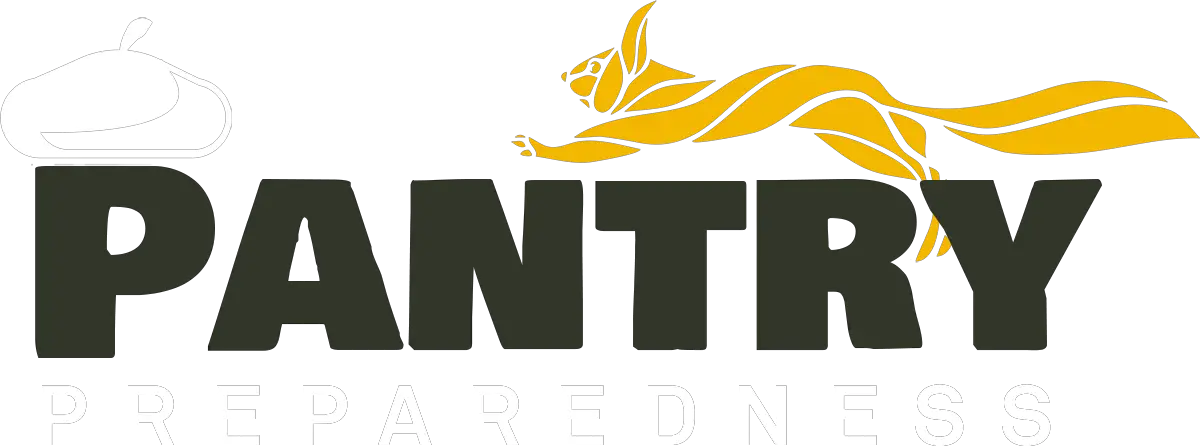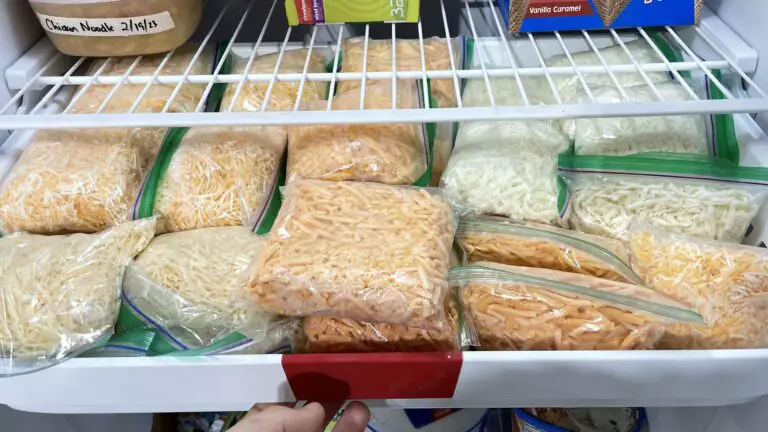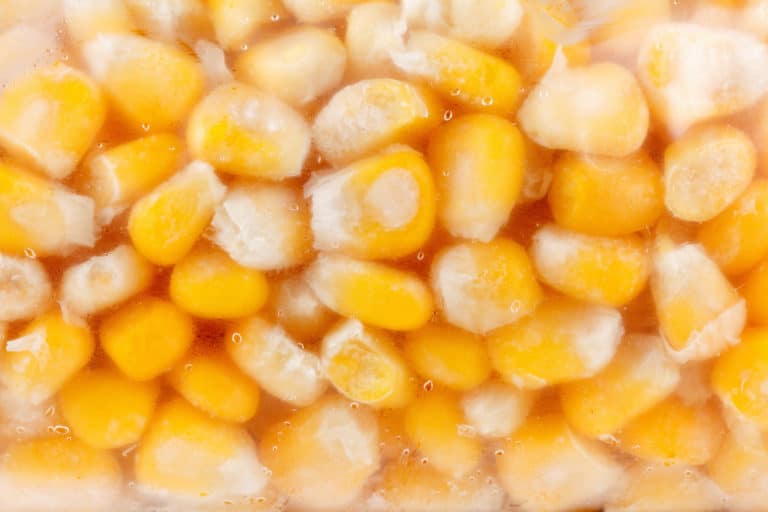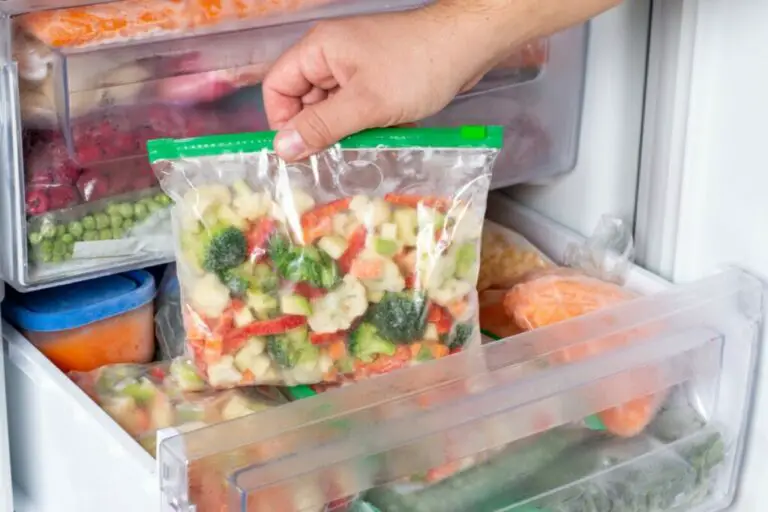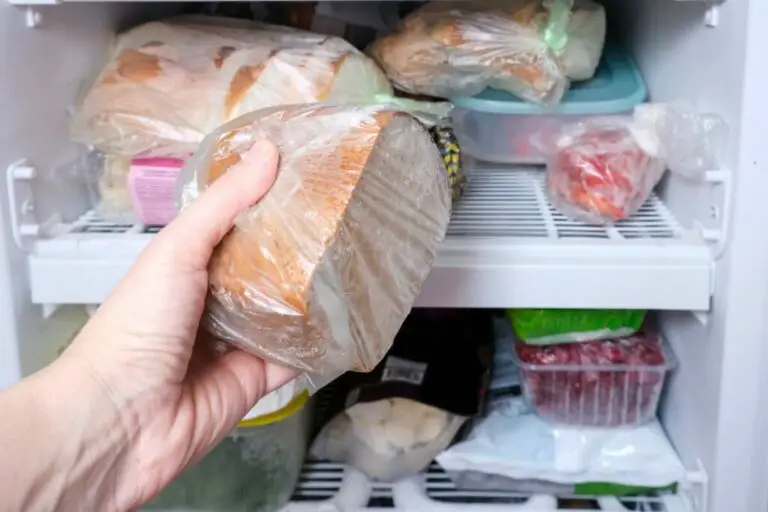
Whether you use it as a container covering or a wrapper, aluminum foil is one of the most common household options when it comes to covering and preserving food. What is there to know when it comes to safely using aluminum foil to preserve your food?
The best way to preserve food using aluminum foil is to first wrap it in plastic wrap and then wrap it in aluminum foil. This will prevent freezer burn and bacteria growth. Freezing and storing food wrapped in aluminum foil is a safe and cheap way to preserve some foods for up to a year.
Now let’s get into why aluminum foil is such a fantastic option for storing and freezing food, what to be aware of and how to best maintain food with aluminum foil!
Is Freezing Food with Aluminum Foil Safe?
Aluminum foil is terrific to use for food storage because it blocks out light, moisture, harmful bacteria, and oxygen, which are the most common reasons food spoils. And, as a bonus, aluminum foil can also prevent freezer burn.
Wrapping food first in saran wrap then foil, and then freezing it for extended periods of time is a process that is considered safe by the USDA and the FDA as long as you store the food correctly.
Aluminum toxicosis is caused by a high amount of exposure to aluminum. To reduce toxicity from the aluminum foil, try to wait until your food is at room temperature before you freeze it in aluminum foil. When heat reacts with the thin aluminum foil layers, some of the chemicals in the aluminum leak into the food. Aluminum toxicosis can put you at risk for reproductive and developmental issues, but as long as you take precautions, you’re totally safe.
When it comes to highly acidic food, store them in glass jars rather than aluminum foil, as acidic foods can react with and break down the aluminum more quickly. Things like citrus, tomatoes, and tomato products will have a high acid content.
How to Wrap Food in Aluminum Foil
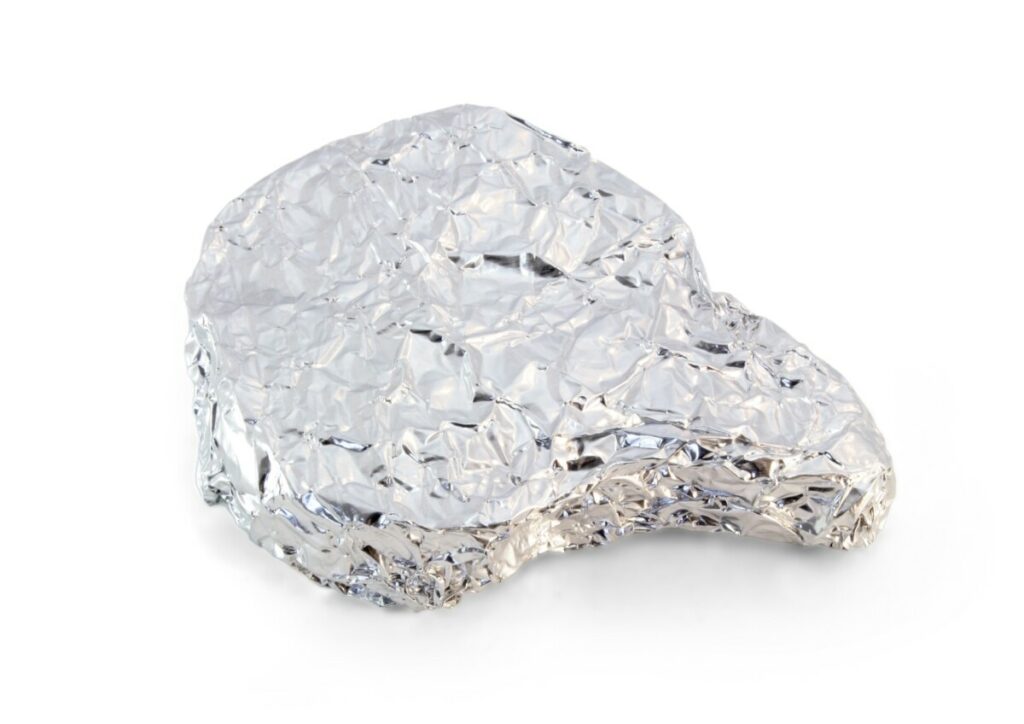
Once your food has cooled to room temperature, it’s time to wrap it and freeze it. Wrap your food in plastic wrap first (if you have any on hand), and use a piece of plastic wrap that is at least twice the size of what you’re wrapping. Place the food in the center of the wrap and then fold all of the edges over on top of the food. Press the plastic wrap around itself to create a seal. If there are still portions that are uncovered by plastic, repeat the process.
Wrapping food in plastic wrap before you wrap it in aluminum foil will help keep the moisture in the food, while keeping potential contaminants out.
You can now wrap your food in aluminum foil. The process is very similar to wrapping it in plastic, except the foil is much more stiff. You may find it easiest to fold the large piece of foil in half first, and then slip the food between the layers. You can then work around the edges to pinch and fold everything together as tightly as possible.
If you plan to store the food for an extended period of time, I would suggest adding an additional layer of foil to decrease the risk of air exposure.
How to Make Aluminum Foil-Wrapped Food Last As Long As Possible
Foods only last a certain amount of time in the freezer until the quality, flavor, or safety is affected. To maximize the amount of time the food will last in the freezer, wrap the foil around the food as tightly as possible.
Tin foil isn’t the best at being airtight when you use it to wrap things, so to be extra sure you’ve wrapped it well, you can wrap everything in saran plastic wrap -before- you wrap it in tin foil. You’ll still get the protection from freezer burn with the tin foil, and the saran wrap will make sure everything is wrapped nice and light, with the edges sealed much more effectively than you can manage with tin foil alone.
Best Aluminum Foils to Buy
Try to purchase heavy-duty aluminum foil that isn’t easily ripped and insulates the food well. More durable aluminum foil products can keep food fresher and more flavorful for longer periods because the tougher version is less likely to rip when kept in extreme temperatures.
Reynold’s Wrap heavy-duty aluminum foil is by far the most popular and highly-rated brand across major retailers. This is likely the best choice for at-home use, although store brands like Walmart’s Great Value or Amazon Basics also have high ratings and work quite well. Some caterers or manufacturers may prefer to get Member’s Mark brand because the sheet size is larger, and it is highly flexible.
Other Ways to Preserve Food in the Freezer
Sometimes, aluminum foil isn’t the best material to use for storing and freezing some foods. Luckily, there are many things that you can freeze food in.
Freezer paper is a fantastic alternative to tinfoil when it comes to wrapping and storing food in the freezer, since it was specifically designed for freezer use! Use freezer paper instead of aluminum foil if your food has a high acid content or if the shape of the food is difficult to wrap with stiff aluminum foil.
You can also wrap and freeze food in beeswax wraps. However, if you wrap the frozen food in beeswax wraps, only keep it in the freezer for about a month.
If you don’t want to wrap your food in aluminum foil or simply don’t have any, put your food in plastic freezer bags. If you want to ensure the food will stay moist when you defrost it, wrap the food in plastic wrap before you put it into the freezer bags. Make sure there is no air in the bag when you put the food into the freezer. Ziploc bags also work for this purpose, and may be easier to find, or cheaper to purchase.
